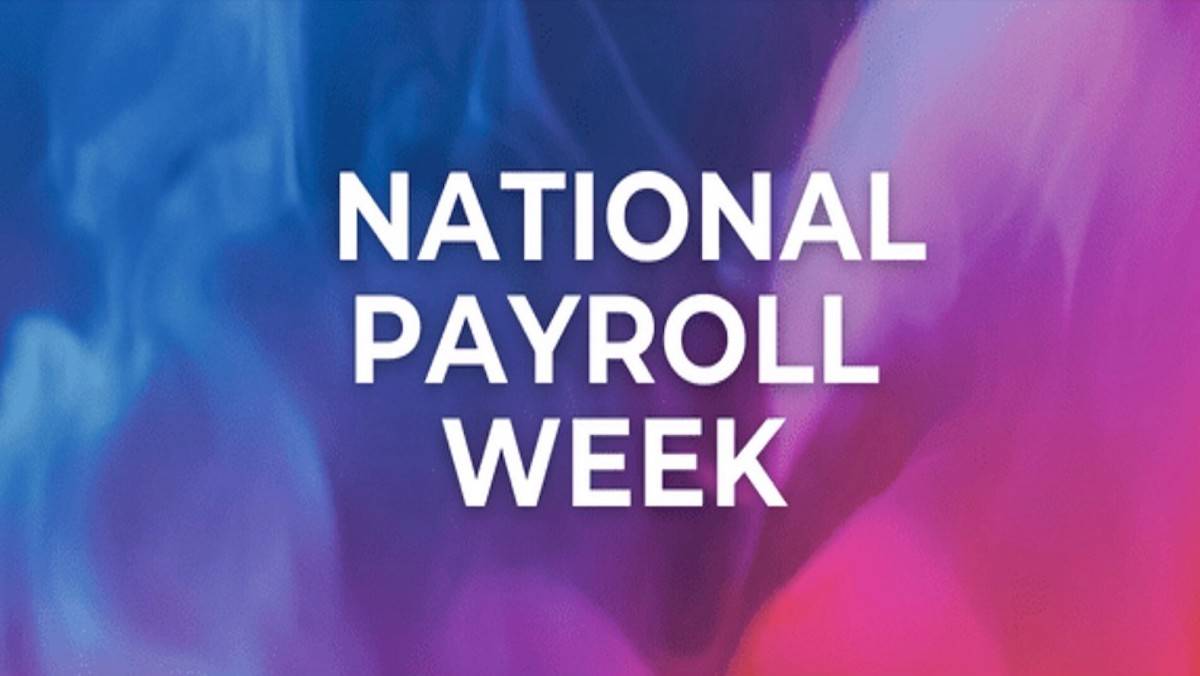It’s National Payroll week and we thought it would be fun to prepare a short quiz with a few payroll facts, lets see what you know and for those on LinkedIn how you did you do with your answers:
- What does PAYE stand for?
(Pay As You Earn: PAYE is HMRC’s system to collect income tax (which helps pay for services like education and healthcare), and National Insurance (which helps pay for some benefits and the State Pension) from employees.) - What does RTI stand for?
(Real Time Information: introduced in April 2013. Under RTI, employers are required to send information to HMRC every time they pay their employees, rather than waiting until the end of the year.) - What have you joined if you have been auto enrolled?
(Workplace Employee Pension: Auto-enrolment requires all employers (even those who just have one member of staff) to automatically enrol certain staff into a pension scheme and make contributions towards it. Usually, the staff member will also have to make contributions to the pension scheme which the government may top up with tax relief. - What is the national living wage for those age over 23?
(From April 2023, the minimum wage and living wage rate for those aged 23 and over is: £10.42: The hourly rates change on 1 April each year.) - True or False? All employers have to re-enrol employees into their workplace pension every 3 years
(True: Employers must re-enrol staff who left their pension, or reduced their contributions, back into a scheme that can be used for automatic enrolment, and complete a re-declaration of compliance.) - What is the difference between gross and net pay?
(Gross pay is what employees earn before taxes, benefits and other payroll deductions. The amount remaining after all deductions have been taken is net pay or take-home pay.) - Who pays National Insurance – Employee / Employer / Both?
(Both: Employers are responsible for deducting income tax and National Insurance from employee’s wages. The employer pays the amounts deducted to HMRC each month. Employers also pay ‘secondary’ Class 1 National Insurance contributions (NICs) on their employees’ earnings.) - What is Employment Allowance?
(The Government set up the Employment Allowance Scheme in 2014, to help small businesses with their cashflow and motivate them to employ more people. The scheme provides eligible small businesses, with more than one employee, to reduce their annual Class 1 National Insurance bill. Each Tax Year Employers can Claim a reduction in their Class 1 National Insurance Liability. In the present tax year, this can mean a reduction of up to £5,000. Which is a great provision to help small businesses lower their expenses.) - What is the current amount of Statutory Sick Pay per week?
(The weekly rate for Statutory Sick Pay (SSP) is £109.40 for up to 28 weeks. It is paid: for the days an employee normally works – called ‘qualifying days’ in the same way as wages, for example on the normal payday, deducting tax and National insurance. SSP is paid when the employee is sick for at least 4 days in a row (including non-working days).
You cannot count a day as a sick day if an employee has worked for a minute or more before they go home sick. If an employee works a shift that ends the day after it started and becomes sick during the shift or after it has finished, the second day will count as a sick day.)
- How many weeks Statutory Maternity Leave are you entitled to?
(Statutory Maternity Pay (SMP) is paid for up to 39 weeks. You get: 90% of your average weekly earnings (before tax) for the first 6 weeks £172.48 or 90% of your average weekly earnings (whichever is lower) for the next 33 weeks SMP is paid in the same way as your wages (for example monthly or weekly). Tax and National Insurance will be deducted.)

